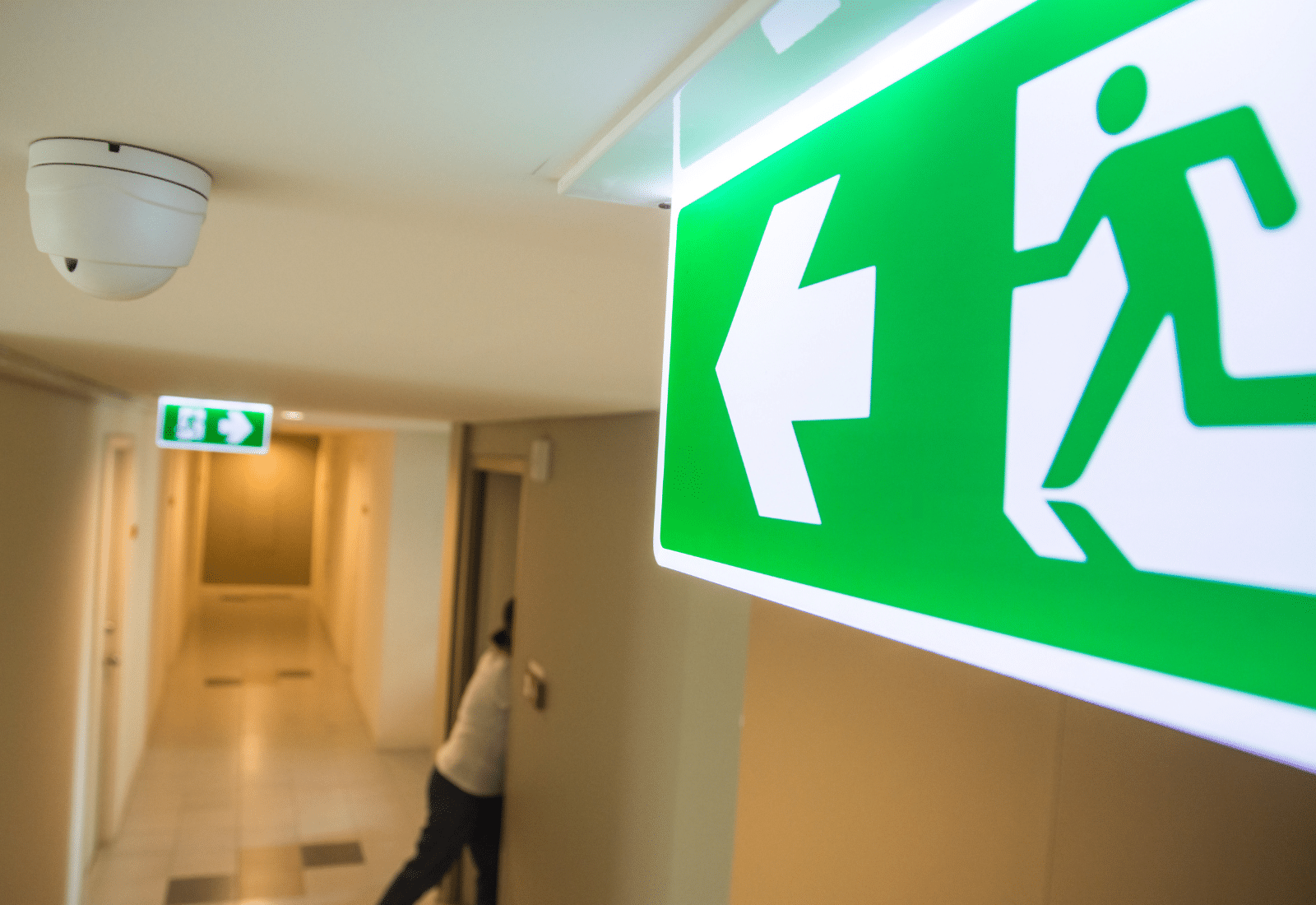Did you know your business—whether based in an office, warehouse, or construction site—must meet specific federal first aid and emergency preparedness requirements?
What many employers don’t realize is that having a first aid kit and calling 9-1-1 are not enough. To comply with OSHA and protect your people, you likely need to establish an Emergency Response Team (ERT).
What OSHA Requires
The Occupational Safety and Health Administration (OSHA) states that:
“An employer must ensure prompt first aid treatment for injured employees, either by providing for the availability of a trained first aid provider at the worksite, or by ensuring that emergency treatment services are within reasonable proximity of the worksite.”
For high-risk industries like construction or manufacturing, OSHA interprets reasonable proximity to mean that emergency medical services must be available within three to four minutes unless a trained first responder is on-site.
Even in office environments, where severe injuries may be less common, cardiac arrest or medical emergencies can occur anytime. With ambulance response times averaging 8–10 minutes, and biological death beginning at four to six minutes, onsite CPR and AED-trained employees can mean the difference between life and death.
Step 1.
Assess your exposures. Where might injuries or accidents at your business occur? If you have forklifts or heavy machinery, you’ll need to consider the types of injuries that can happen in the event of an accident. In an office, you should account for certain medical emergencies—like cardiac arrest, diabetic emergency, seizures, and anaphylactic reactions—which can happen anywhere.
Step 2.
Build your team. The ERT should be made up of volunteers who want to participate, work well under pressure, and can handle the sight of blood. It’s also a good idea to check if you have any employees with volunteer EMT or firefighter experience. You’ll want to consider where each team member is located, particularly if your business has a large or scattered footprint. And, if your company works in shifts, you’ll need coverage for all business hours.
Step 3.
Train your team. The minimum training your team should complete includes first aid, CPR, AED, fire extinguisher, evacuation, active shooter, and Stop the Bleed. There are many resources available to provide emergency response team trainings, including local law enforcement in certain counties, your insurance company, and broker and third-party consultants. The American Heart Association, the American Red Cross, and the National Safety Council also offer quality, nationally-recognized training programs in these areas.
Step 4.
Get the right supplies. The American National Standards Institute (ANSI) provides minimum requirements for a workplace first aid kit. On top of having a first aid kit, it’s smart to have multiple “go bags” assembled and stored both on and off site (for example, in an employee’s car). For a list of key items to include in your go bag, check out this free, downloadable list.
Step 5.
Communicate. Let your workforce know who is on the ERT and how to contact the team in the event of an emergency.
Step 6.
Maintain the team. Don’t just do a training once and think you’re set forever. Keep your Emergency Response Team in the workplace trained with regular drills and classes, and recruit fresh volunteers periodically. In this spirit, PSA recently invested in a new, Stop the Bleed training for our team and conducted a fire extinguisher and AED refresher course. Our team also conducted an active shooter table-top drill with the PSA leadership team and our ERT, in which a scenario customized to PSA was presented by the Baltimore County Police Department, and our response plan effectiveness was evaluated. They analyzed any gaps in our response and suggested improvement efforts.
The PSA ERT has been a valuable asset to our company. They’ve responded to employees who’ve experienced seizures, heart attacks, strokes, low blood sugar, and high blood pressure. They are prepared to respond to any emergencies affecting our clients and the general public that may be present at PSA’s office. We have also completed a fire drill in which the main stairwell exits were blocked to simulate the inability to access them. Due to our frequent drills, effective communication, and our dedicated, well-trained team, we were able to evacuate 160 people from our fifth floor office building to the assembly point in under four minutes notwithstanding.
At PSA, the health and well-being of our employees is a top priority. If you are looking to improve safety at your company, we can provide you with safety training and even help you build an Emergency Response Team. Please feel free to contact Steve Pomponi at spomponi@psafinancial.com.




